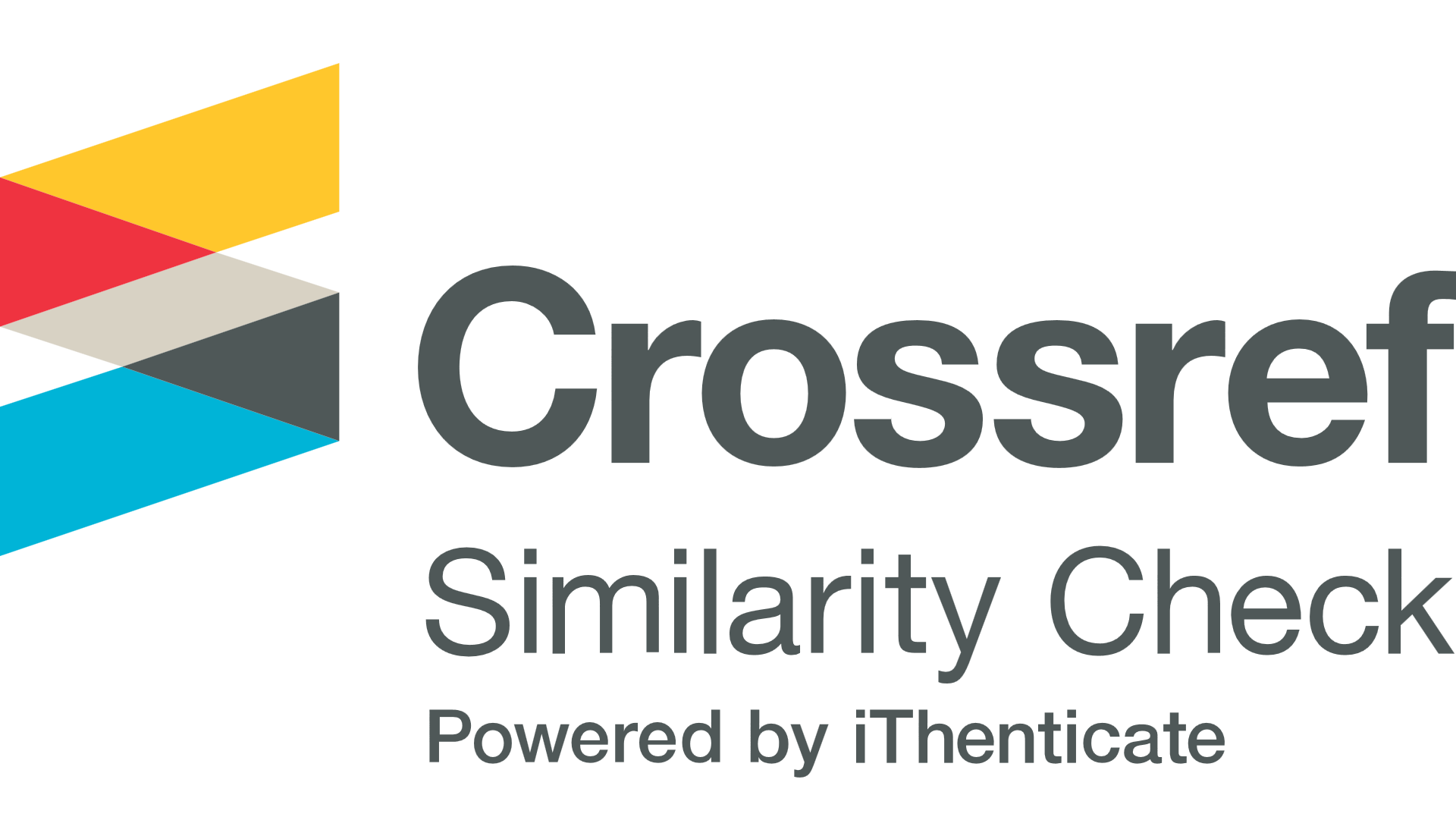Classification of Some Cultivars Species of The Genus Bougainvillea Comm. ex Juss. Cultivated In Northern Iraq Using RAPD Markers
Abstract
The research dealt with a molecular taxonomic study of 6 cultivars of species of the genus Bougainvillea Comm. ex Juss., which included the cultivars Mary palmer, Rasberry ice, for the species B. spectabilis Willd, Royal purple, Formosa for the species B. glabra Choisy, Thimma for the species B. peruviana Hum. And Bon., and California gold for the species B. x buttiana using eight different random primers for PCR, which was used to multiply and amplify the DNA fragments using random amplified polymorphic DNA (RAPD) markers. Through sample migration on an agarose gel, DNA was extracted from the leaves of cultivars and genetic diversity between amplified pieces for each cultivar was found. The findings indicated that differences in the locations on the genomes of the studied cultivars and the production of different bands revealed on the agarose gel, which reflects the magnitude of genetic variation depending on the primer used. As the primers produced (309) total bands resulting from (95) binding sites, including (12) monomorphic binding sites and (83) polymorphic binding sites distinct for the studied cultivars. The results of the cluster analysis (dendrogram) for the cultivars species of the genus Bougainvillea which depend on the values of the similarity showed the presence of clear variations among the studied cultivars.The study concluded that the RAPD-PCR technique used in molecular classification based on molecular markers is a powerful tool for identifying and classifying cultivars of species of the genus Bougainvillea Comm. ex Juss. and detecting genetic relationships among them.





